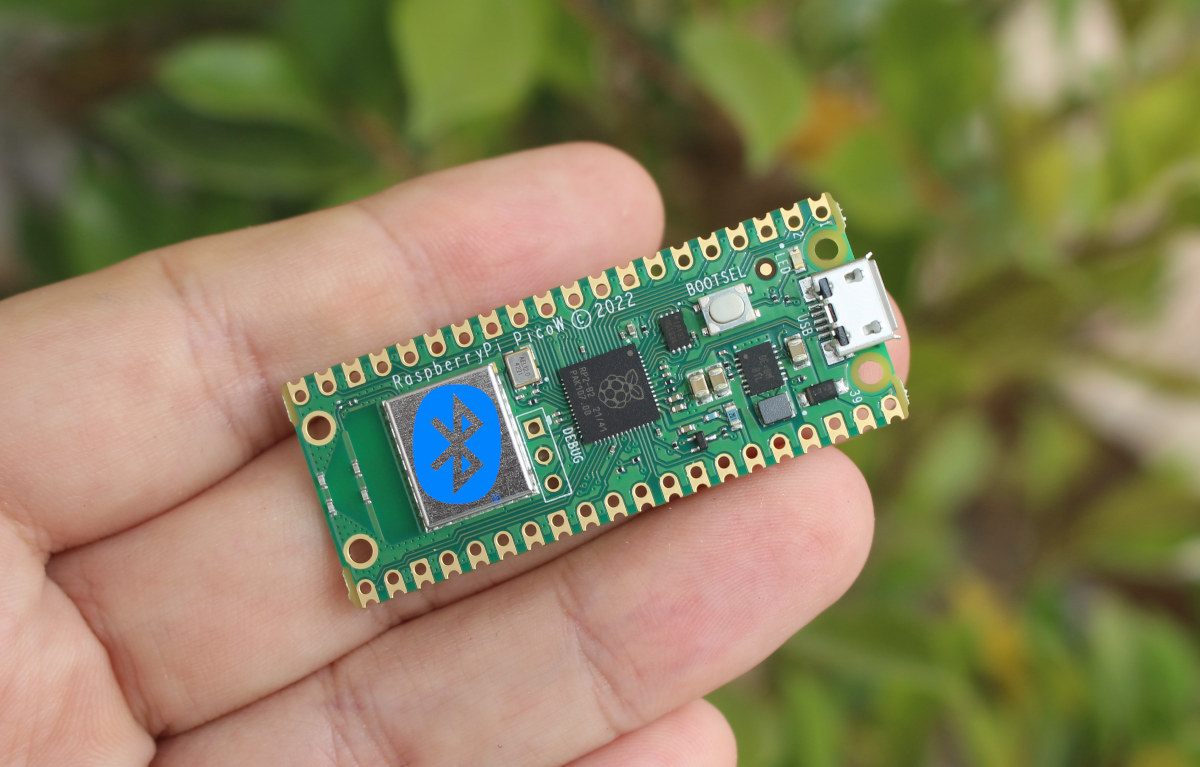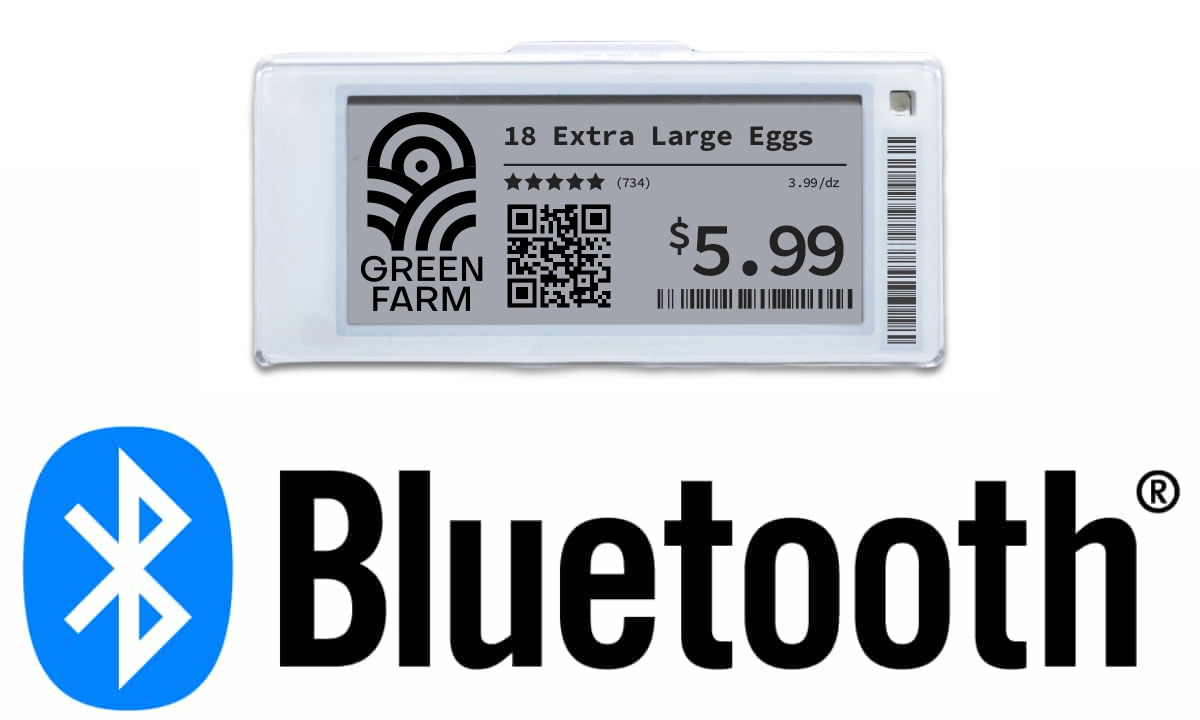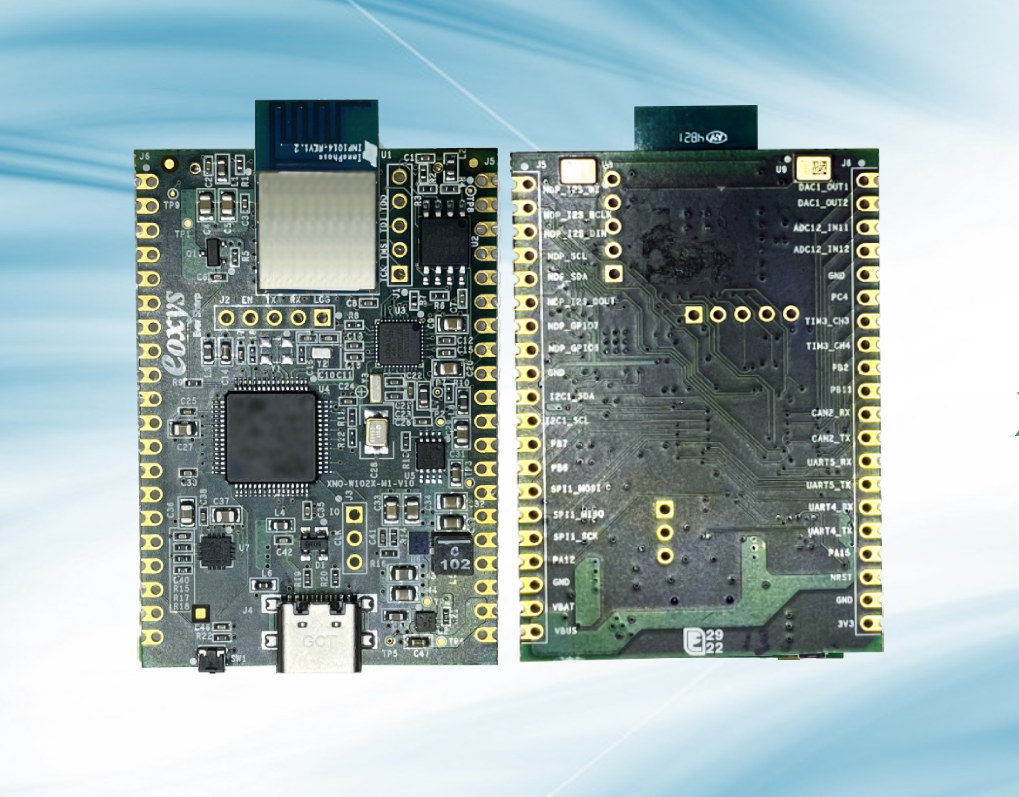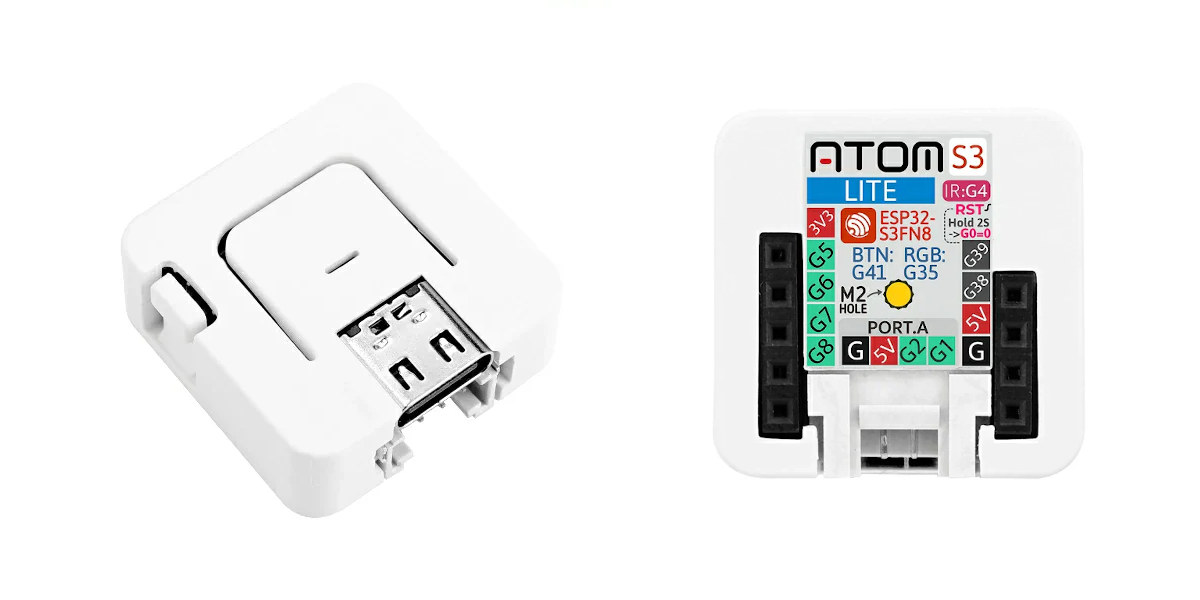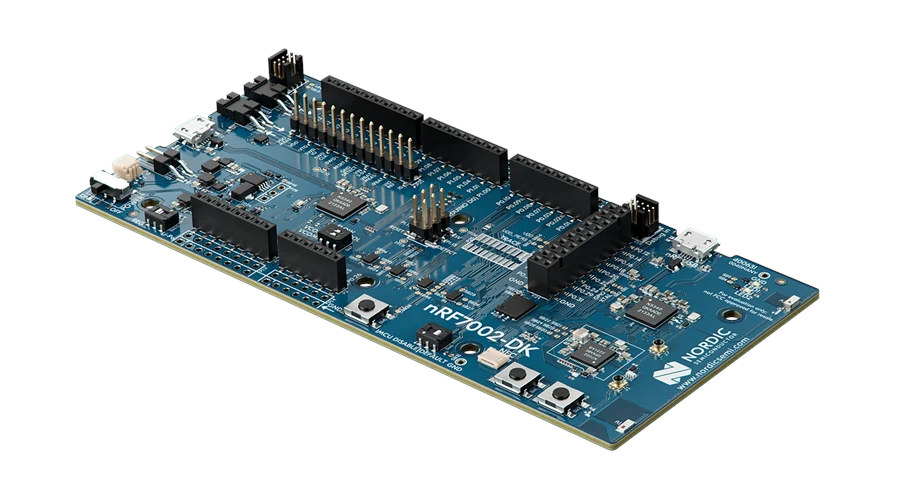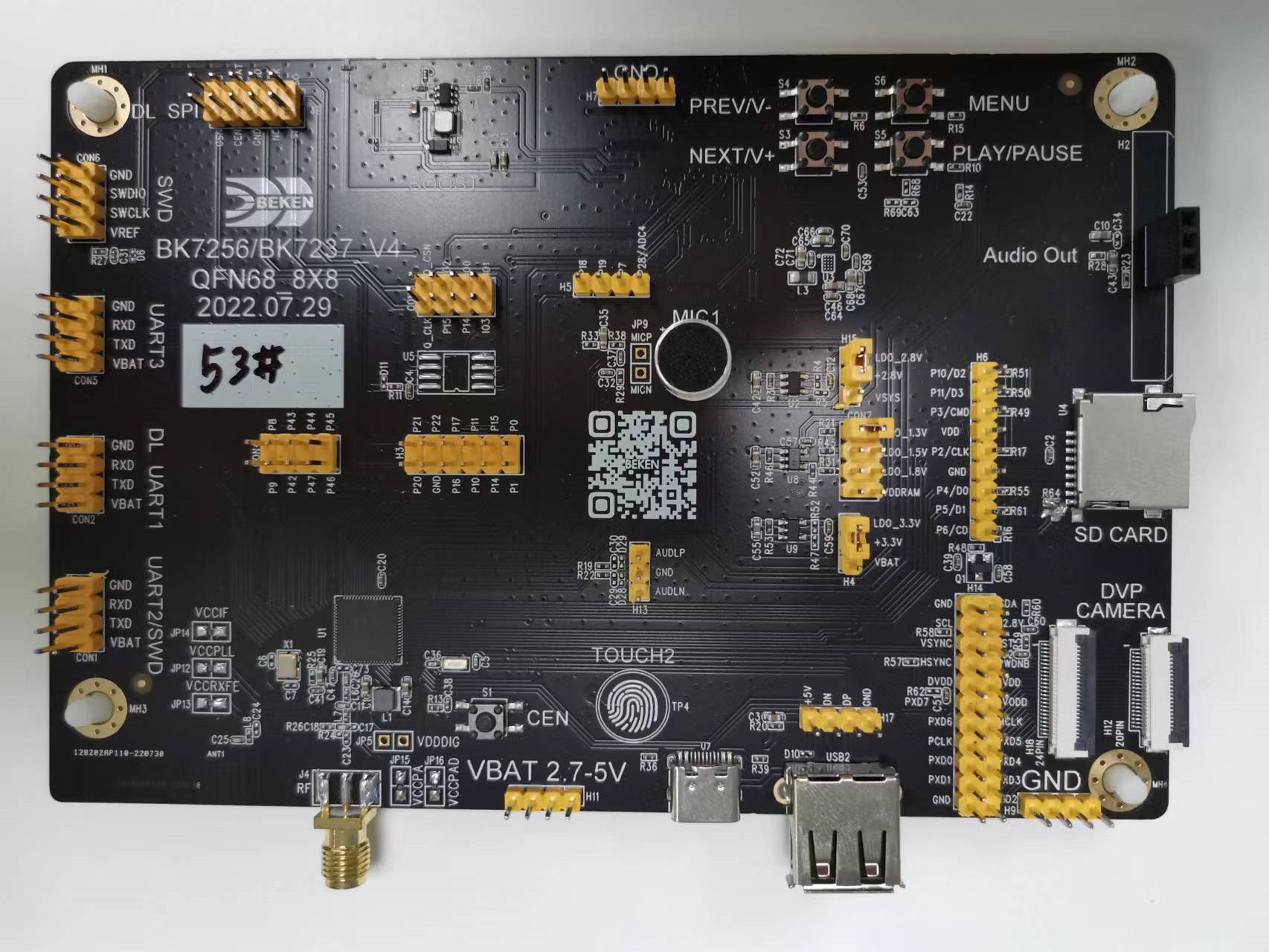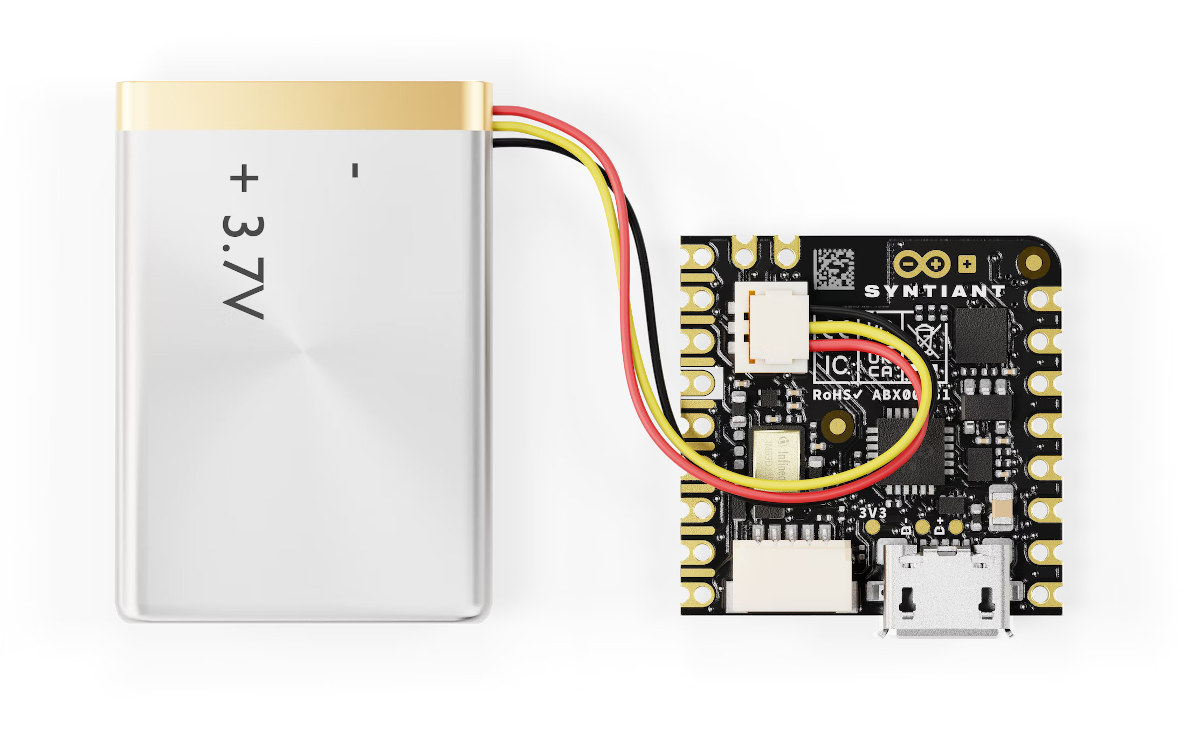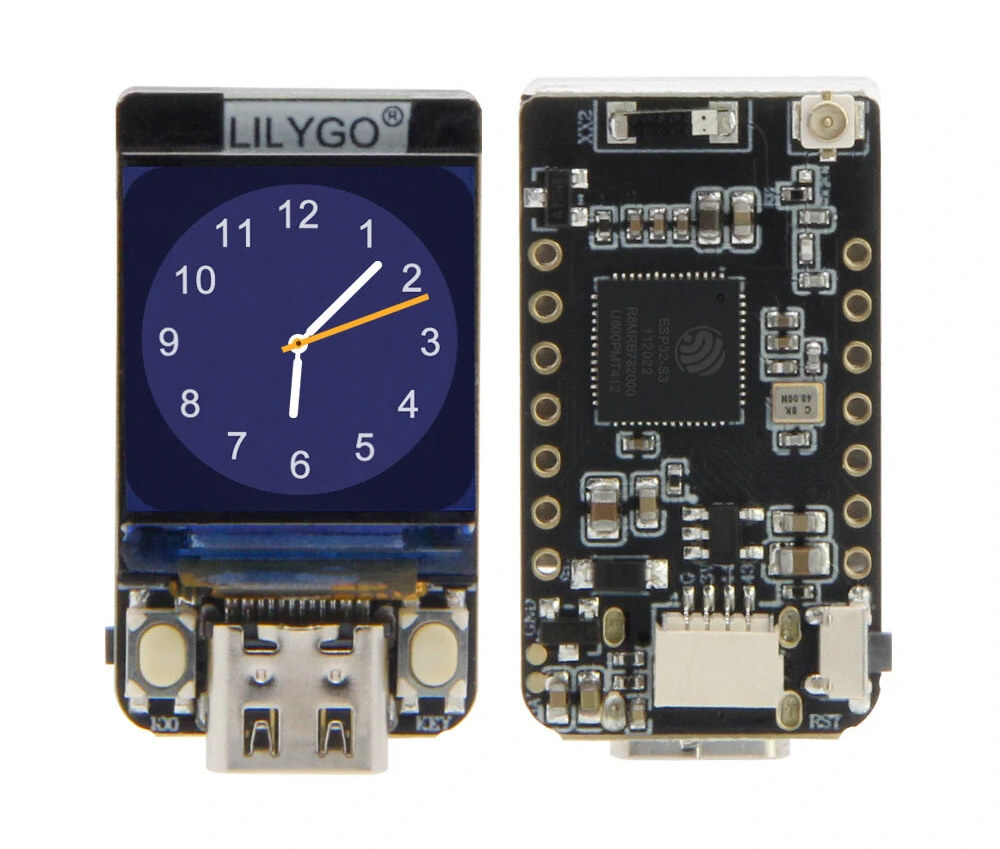The Raspberry Pi Pico W board was launched with a WiFi 4 and Bluetooth 5.2 module based on the Infineon CYW43439 wireless chip in June 2022, and I wrote a tutorial showing how to connect to WiFi a few days after the launch, but nothing about Bluetooth. That’s because while the Raspberry Pi Pico W hardware supports Bluetooth, we were told that Bluetooth was not enabled at the time, but might be at a later stage. Alasdair Allan, who is responsible for the Raspberry Pi documentation, said Bluetooth support was scheduled very soon, and the SDK 1.5.0 release of the Pico C SDK is now available with Bluetooth implemented using BTstack low footprint dual-mode Bluetooth stack. Bluetooth support is still considered Beta and the SDK 1.5.0 implements the following key features and updates: New libraries for Bluetooth Low Energy (LE) support. Bluetooth Classic support. Bluetooth Sub Band Coding (SBC) encoder […]
Bluetooth 5.4 adds electronic shelf label (ESL) support
The Bluetooth Special Interest Group (SIG) has just adopted the Bluetooth 5.4 Core Specification with features such as PAwR and EAD designed for Electronic Shelf Label (ESL) systems. The Bluetooth 5.3 Core Specification was adopted in August 2021 with various improvements, and Bluetooth 5.4 now follows with features that appear to be mainly interesting for large-scale Bluetooth networks with support for bi-directional communication with thousands of end nodes from a single access point, as would be the case for Electronic Shelf Label or Shelf Sensor systems. Four new features have been added to Bluetooth 5.4: Periodic Advertising with Responses (PAwR) – PAwR is a new Bluetooth Low Energy (LE) logical transport that provides a way to perform energy-efficient, bi-directional, communication in a large-scale one-to-many topology with up to up to 32,640 devices. Devices can also be allocated to groups allowing them to listen only to their group’s transmissions. An Electronic […]
Eoxys Xeno+ Nano ML board combines NuMicro M2354 or STM32L4 MCU with Talaria TWO ultra low power WiFi & BLE 5.0 module
Eoxys Xeno+ Nano ML is a wireless machine learning (ML) board with either Nuvoton NuMicro M2354 or STMicro STM32L4 microcontroller, InnoPhase IoT’s Talaria TWO ultra-low power Wi-Fi and BLE 5.0 module, and the Syntiant Core 2 NDP120 neural decision processor we first noticed in the Arduino Nicla Voice module a few weeks ago. The boards/modules are designed for intelligent and secure IoT devices for smart home, industrial, and medical automation applications, and the company claims it can be used in Wi-Fi IoT sensors with up to 10+ years thanks to the low-power chips and circuitry used in the design. Eoxys Xeno+ Nano ML specifications: General purpose MCU (one or the other) STMicro STM32L4 Arm Cortex-M4 microcontroller at 80MHz with 1MB flash, 128KB/352KB SRAM Nuvoton NuMicro M2354 Arm Cortex-M23 microcontroller at 96MHz with 1MB flash, 128KB SRAM. Wireless module Innophase Talaria TWO ultra-low-power 2.4GHz 802.11b/n/g WiFi 4 and Bluetooth LE 5.0 […]
M5Stack ATOMS3 Lite is a tiny ESP32-S3 IoT controller with WiFi, Bluetooth, and an infrared transmitter
ATOMS3 Lite is the latest ESP32-S3 IoT platform from the M5Stack Atom series wireless programmable controllers, doing without the 0.85-inch display and IMU sensor found in the ATOM S3 development kit simply using an RGB LED instead. M5Stack ATOM S3 Lite features the ESP32-S3FN8 WiFi and Bluetooth SoC with 8MB SPI flash, an infrared transmitter, a USB-C port for power and programming, a few I/O pins, user and reset buttons all in just a 24x24x9.5mm housing. ATOMS3 Lite specifications: Wireless MCU – Espressif Systems ESP32-S3FN8 dual-core 32-bit Xtensa LX7 microcontroller with AI vector instructions up to 240MHz, RISC-V ULP co-processor, 512KB SRAM, 2.4GHz WiFi 4 (802.11b/g/n), Bluetooth 5.0 BLE + Mesh, 8MB flash Antenna – Internal “3D” antenna Expansion 9x pins with G5, G6, G7, G8, G38, and G39 GPIOs, 5V, 3.3V, and GND 4-pin Grove connector Misc IR LED (infrared transmitter/blaster) WS2812B-2020 RGB LED Reset and user buttons M.2 […]
Nordic Semi nRF7002 DK low-power dual-band WiFi 6 IoT development kit launched for $56 and up
Nordic Semi nRF7002 DK is an IoT development kit based on the nRF5340 dual-core Cortex-M33 multi-protocol wireless SoC and nRF7002 companion chip adding low-power dual-band (2.4GHz and 5.0 GHz) WiFi 6 connectivity. When Nordic Semi introduced the nRF7200 dual-band WiFi 6 companion chip for nRF52840 and nRF5340 wireless SoCs and nRF9160 cellular IoT SiP last summer, the “nRF7002-PDK” development kit was only mentioned in passing with a 3D render and not much else. The company has now announced the availability of the nRF7002 DK to help developers create low-power Wi-Fi 6 IoT applications. nRF7002 DK specifications: Wireless MCU – Nordic Semi nRF5340 dual-core Arm Cortex-M33 microcontroller @ 128/64 MHz with 1 MB Flash + 512 KB RAM for the application core and 256 KB Flash + 64 KB RAM for the network core, Bluetooth 5.1 LE with direction-finding support, Bluetooth mesh, NFC, Thread, Zigbee, 802.15.4, ANT, and 2.4 GHz proprietary […]
Beken BK7256 320 MHz dual-core RISC-V IoT MCU offers WiFi 6, Bluetooth 5.2, JPEG video encoder/decoder
Until now, I had only heard about Beken Bluetooth audio chips, but I’ve just been informed the company is also making WiFi chips such as the BK7256 that are notably found in some Tuya Smart Home modules. Beken offers both RISC-V and Arm WiFi and Bluetooth chips with features summarized as follows: BK7235 single-core RISC-V MCU up to 320 MHz with 2.4 GHz WiFi 6 802.11ax and Bluetooth 5.2 LE, 4MB flash, 512KB SRAM, optional 4MB PSRAM BK7236 dual-core Arm MCU up to 120 to 240 MHh with 2.4 GHz WiFi 6 802.11ax and Bluetooth 5.3 dual mode, 4MB flash, 512KB SRAM, optional 4MB PSRAM BK7237 dual-core RISC-V MCU up to 320 MHz with 2.4 GHz WiFi 6 802.11ax and Bluetooth 5.2 dual mode, 4 or 8MB flash, 512KB SRAM, optional 4MB PSRAM BK7256 dual-core RISC-V MCU up to 320 MHz with 2.4 GHz WiFi 6 802.11ax and Bluetooth 5.2 […]
Arduino Nicla Voice enables always-on speech recognition with Syntiant NDP120 “Neural Decision Processor”
Nicla Voice is the latest board from the Arduino PRO family with support for always-on speech recognition thanks to the Syntiant NDP120 “Neural Decision Processor” with a neural network accelerator, a HiFi 3 audio DSP, and a Cortex-M0+ microcontroller core, and the board also includes a Nordic Semi nRF52832 MCU for Bluetooth LE connectivity. Arduino previously launched the Nicla Sense with Bosch SensorTech’s motion and environmental sensors, followed by the Nicla Vision for machine vision applications, and now the company is adding audio and voice support for TinyML and IoT applications with the Nicla Voice. Nicla Voice specifications: Microprocessor – Syntiant NDP120 Neural Decision Processor (NDP) with one Syntiant Core 2 ultra-low-power deep neural network inference engine, 1x HiFi 3 Audio DSP, 1x Arm Cortex-M0 core up to 48 MHz, 48KB SRAM Wireless MCU – Nordic Semiconductor nRF52832 Arm Cortex-M4 microcontroller @ 64 MHz with 512KB Flash, 64KB RAM, Bluetooth […]
LILYGO T-QT Pro 0.85-inch WiFi IoT display adds support for battery charging
LILYGO T-QT Pro is an ESP32-S3 WiFi and BLE IoT board with a 0.85-inch color display, 4MB flash, 2MB PSRAM, a USB-C port, a few GPIOs, and support for LiPo battery with charging. It is an upgrade to the ESP32-S3-based LILYGO T-QT V1.1 board that also supports LiPo battery power but lacks a charging circuit, so you had to remove the battery and charge it manually each time. The T-QT Pro adds a charging circuit and switches from an ESP32-S3 with an 8MB flash design to one using ESP32-S3FN4R2 with 4MB flash and 2MB PSRAM. LilyGO T-QT Pro specifications: Wireless MCU – Espressif Systems ESP32-S3FN4R2 dual-core Tensilica LX7 @ up to 240 MHz with vector instructions for AI acceleration, 512KB RAM, 4MB flash, 2MB PSRAM, wireless connectivity Connectivity via ESP32-S3 2.4 GHz 802.11 b/g/n Wi-Fi 4 with 40 MHz bandwidth support Bluetooth Low Energy (BLE) 5.0 connectivity with long-range support, […]


